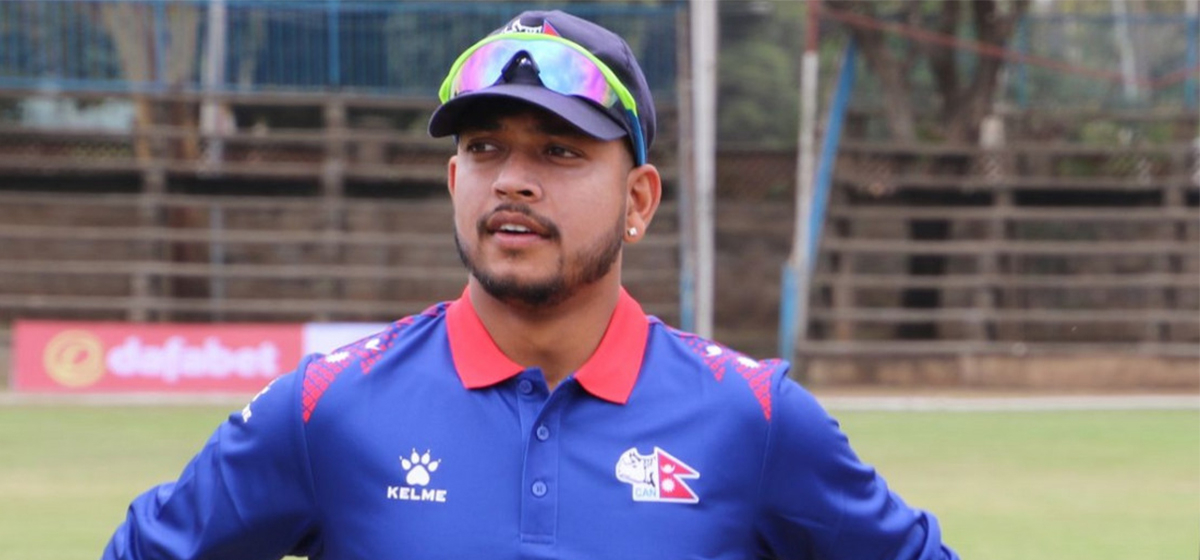KATHMANDU, Oct 24: Although it is mandatory to ensure at least 33 percent representation of women both in parliament and in the provincial assemblies, major political parties have fielded only a few women candidates in nominations for the First Past the Post (FPTP) electoral system under the first phase parliamentary and provincial assembly polls.
In the nominations filed for 37 constituencies for parliament and 74 provincial assembly seats on Sunday, the leftist alliance and NC-led alliance have fielded only three women candidates for parliament and five for provincial assembly polls.
While CPN-UML, the main constituent party in the leftist alliance, has failed to field a single woman candidate, the CPN (Maoist Center) in the same alliance has fielded Kamala Roka in Rukum (East) for parliament. The NC-led alliance has fielded two women candidates -- Saraswati Bajimaya (Khotang) and Champa Devi Khadka (Baglung) -- for parliament.
Among the 74 provincial assembly seats, the NC-led alliance has fielded a woman candidate, Lila Devi Bokhim, in Taplejung (a). UML, which has not even a single woman candidate under the FPTP electoral system in the first phase parliamentary poll, has fielded Nara Devi Pun in Myagdi (b) for the provincial assembly.
Poll alliances to continue in Phase II despite poor results in...

Compared to NC and UML, the Maoist Center appears to have fielded more women candidates for provincial assemblies under FPTP. The Maoist Center has fielded three women candidates -- Radhika Tamang (Nuwakot-1 a), Kamala Naharki (Gorkha-2 b) and Devika Malla (Bajhang-b) for provincial assembly polls.
NC and UML leaders cite reluctance among woman candidates to contest under FPTP and their compulsion to give nominations of ‘strong’ candidates owing to electoral alliance with other parties as the main reasons behind the low nominations of women candidates.
UML Secretary Pradip Gyawali said they plan to field more women candidates under the second phase of provincial and parliamentary polls. “The main reason we could not field more woman candidates is women candidates themselves tend to shy away from contesting under FPTP. Our electoral alliance with other parties and the compulsion to give seats to senior leaders of all constituent parties in the alliance are also to be blamed,” he said.
Gyawali said they had fielded an overwhelmingly large number of women candidates in the local level polls held recently. “The party adopted a policy not to give tickets for the parliamentary and assembly polls to those already contesting in local polls, and this also left us unable to field more women candidates,” he further said.
NC leader Bal Krishna Khand, who is also a member of the parliamentary board that selects poll candidates, said their electoral alliance with other parties rendered them unable to field more women candidates. “Out of total 37 constituencies in the first phase polls, we had to leave 10 constituencies to other parties in the alliance. This obviously had a negative impact on women candidates under FPTP,” he said.
Khand also said that the preference of most women candidates to contest under the proportional system is also to be blamed. “A large number women candidates expressed their desire to contest under FPTP in the second phase parliamentary and assembly polls. We hope to have more women candidates in the second phase,” he further said.
The new constitution makes it mandatory to have at least 33 percent women representation in both parliament and the provincial assemblies. NC and UML leaders said they plan to ensure the constitutionally mandatory 33 percent representation through the election of women candidates under the proportional system.
The Election Commission (EC) is holding the two elections simultaneously in two phases on November 26 and December 7 to elect 165 members for parliament and 330 members of the seven provincial assemblies under the FPTP category. The exact number of representatives to be elected through the proportional representation system remains unclear.
While 32 districts will see national and province level polls on November 26, the remaining 45 districts will have both the polls on December 7. Candidacy nominations for the second phase polls are scheduled for November 2.




































